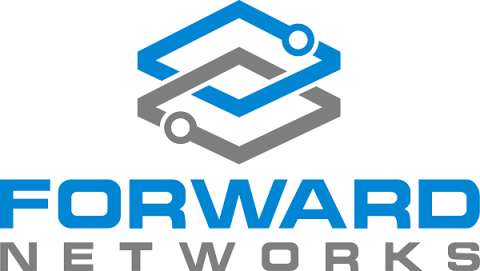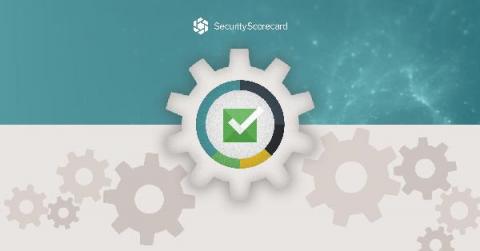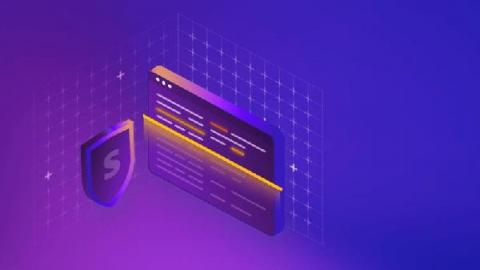Security | Threat Detection | Cyberattacks | DevSecOps | Compliance
Security
What is Security Compliance Management?
Security compliance management is the process of monitoring and assessing systems, devices, and networks to ensure they comply with regulatory requirements, as well as industry and local cybersecurity standards. Staying on top of compliance isn’t always easy, especially for highly regulated industries and sectors. Regulations and standards change often, as do threats and vulnerabilities. Organizations often have to respond quickly to remain in compliance.
Thrive today with not just being smart but being cyber smart
In our digital age, cybersecurity is everyone’s responsibility. Every device you use, the app you download, the bit of information you share, or the message you open comes with a certain amount of risk.
Introducing the new Snyk Docs Portal and Support Portal
We’re excited to announce two big updates to our Snyk User Content platform. You can now get better, quicker, clearer access to Snyk user documentation, allowing you to find the information you need, to get more and better use of your Snyk platform. This will help you implement, enable, and configure your Snyk integration, leading to a faster and smoother adoption and usage of Snyk at your company. Here are the enhancements to our User Content platform.











